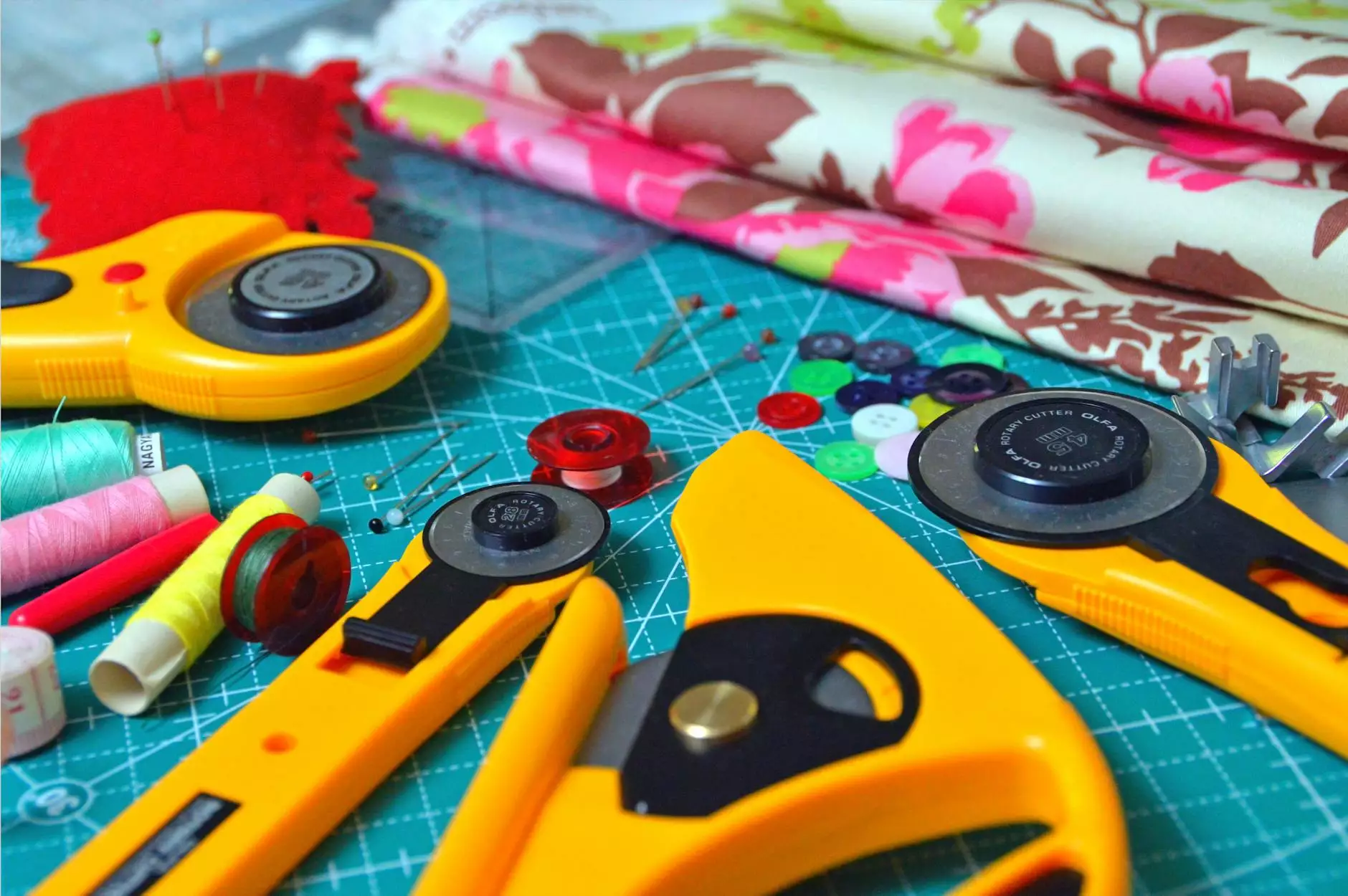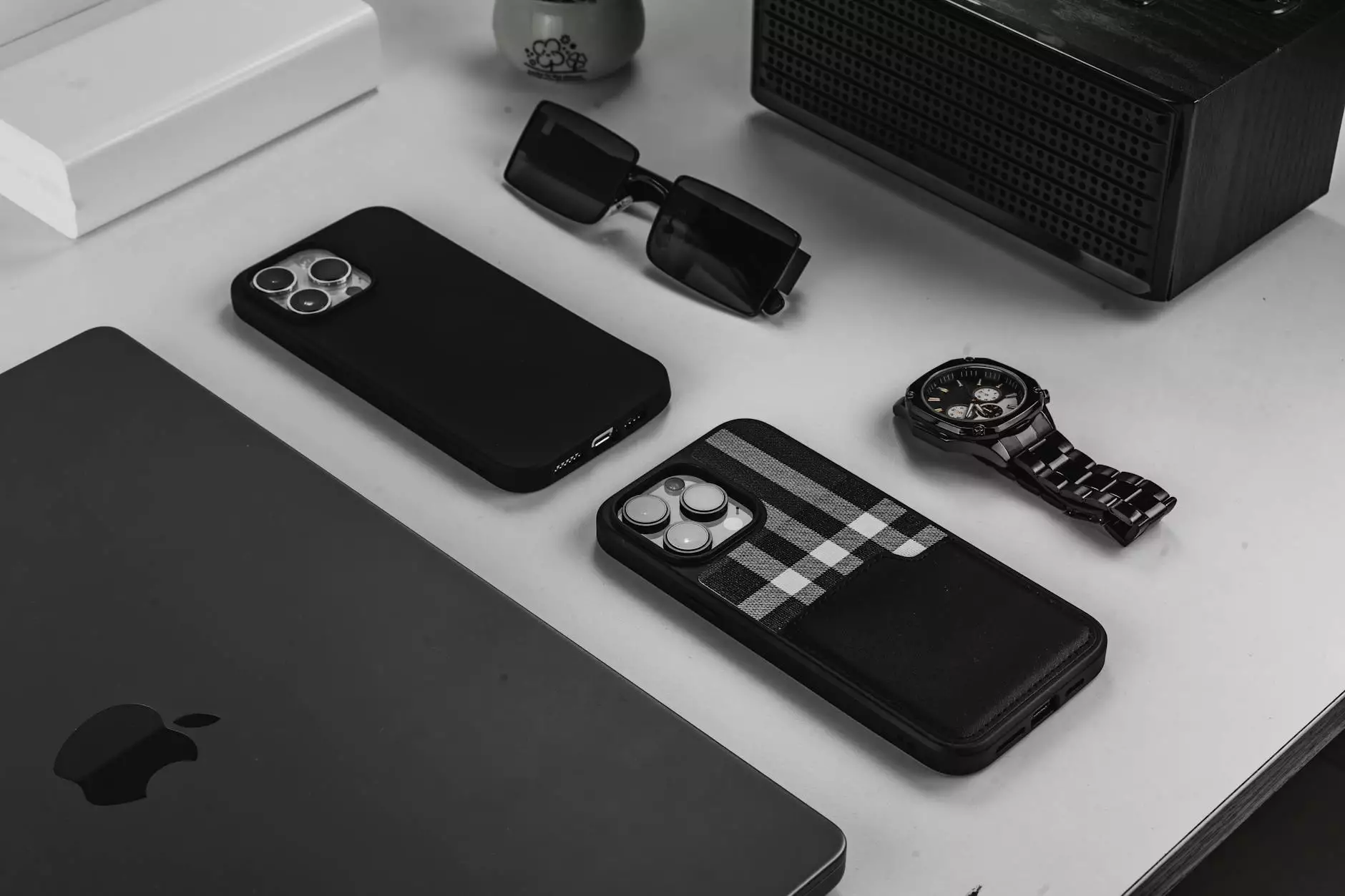The Evolution and Importance of Medical Instruments and Devices

Medical instruments and devices have undergone tremendous evolution over the years, transforming the landscape of healthcare. From simple hand-held tools to sophisticated electronic devices, these instruments are critical in enhancing patient care, improving diagnostic capabilities, and providing effective treatment options. This article will delve into the different types of medical devices, the advancements in technology, the regulatory environment, and the future of these vital healthcare tools.
1. Understanding Medical Instruments and Devices
At their core, medical instruments and devices are tools used by healthcare professionals to diagnose, monitor, or treat medical conditions. They encompass a wide range of products, including:
- Diagnostic Devices - Instruments used to identify diseases, such as MRIs, X-rays, and CT scanners.
- Therapeutic Devices - Tools designed for treatment, including infusion pumps, surgical instruments, and laser therapy equipment.
- Monitoring Devices - Tools for continuous observation, such as ECG monitors, blood glucose meters, and vital sign monitors.
- Assistive Devices - Aids for daily living, including wheelchairs, prosthetics, and hearing aids.
2. The Historical Journey of Medical Instruments
Historically, medical instruments and devices have evolved from rudimentary tools. Ancient civilizations utilized basic instruments made from stones and metal. The Greeks and Romans advanced medical practices, introducing more sophisticated surgical tools.
In the 19th century, the invention of the stethoscope marked a significant milestone, enabling physicians to listen to heartbeats and lung sounds with unprecedented clarity. The 20th century saw an explosion of innovation with the introduction of diagnostic imaging and digital technologies, leading to devices that significantly improved patient outcomes.
3. Classification of Medical Devices
Medical devices are classified based on their intended use, risks associated, and regulatory standards:
3.1 Class I Devices
These devices present minimal risk. Common examples include bandages and hand-held surgical instruments.
3.2 Class II Devices
Moderate risk devices require compliance with specific regulatory standards. Examples include infusion pumps and diagnostic imaging equipment.
3.3 Class III Devices
These are high-risk devices that require pre-market approval. Examples include pacemakers and implantable defibrillators.
4. Regulatory Landscape for Medical Instruments
The regulation of medical instruments and devices is essential to ensure their safety and efficacy. In the United States, the Food and Drug Administration (FDA) oversees the approval process, requiring rigorous testing and documentation. Similar regulatory bodies exist worldwide, including the European Medicines Agency (EMA) and the Therapeutic Goods Administration (TGA) in Australia.
5. Innovations in Medical Instruments and Devices
The 21st century has ushered in a new era of innovation in medical instruments and devices. Some of the most groundbreaking advancements include:
5.1 Miniaturization and Portability
Many modern devices are now portable, allowing for point-of-care diagnostics and treatments. Handheld ultrasound devices, portable blood analyzers, and wearable ECG monitors exemplify this trend.
5.2 Integration of Artificial Intelligence
AI is revolutionizing diagnostics and treatment protocols. Devices equipped with AI can analyze data more efficiently, offering predictive analytics, personalized medicine, and enhanced surgical precision.
5.3 Internet of Medical Things (IoMT)
The IoMT connects medical devices via the internet, facilitating real-time monitoring and data collection. This connectivity enhances patient management and can significantly improve outcomes, particularly in chronic disease management.
6. The Role of Medical Instruments in Patient Care
The role of medical instruments and devices in patient care cannot be overstated. They provide critical data that inform treatment decisions, improve surgical outcomes, and enhance quality of life. For instance:
6.1 Enhanced Diagnosis
Diagnostic instruments enable accurate identification of diseases, allowing for timely interventions. An early diagnosis can be the difference between a reversible condition and a life-threatening one.
6.2 Improved Treatment Outcomes
Therapeutic devices, such as advanced surgical instruments and drug delivery systems, enhance the effectiveness of treatments while minimizing the risks of complications.
6.3 Monitoring Chronic Conditions
Devices like continuous glucose monitors and other wearables help patients manage chronic conditions, leading to better long-term health outcomes.
7. Challenges in the Medical Device Industry
Despite the advancements and importance of medical instruments and devices, the industry faces several challenges:
7.1 Regulatory Hurdles
The stringent regulatory environment can slow the introduction of innovative products to the market, potentially delaying advancements that could benefit patients.
7.2 Cybersecurity Risks
As devices become more connected, they are vulnerable to cybersecurity threats. Ensuring the security of patient data and device functionality is paramount.
7.3 High Development Costs
Developing and bringing new medical devices to market can be prohibitively expensive. Startups in the field often find it challenging to secure funding while navigating complex development pathways.
8. The Future of Medical Instruments and Devices
The future of medical instruments and devices is promising, characterized by continued innovation and integration of advanced technologies. Key trends to watch include:
8.1 Personalized Medicine
The rise of genomics and biotechnology is moving medicine towards more individualized treatment plans. Devices that can tailor interventions based on genetic information are becoming more prevalent.
8.2 Robotic Surgery
Robotics is set to enhance surgical precision and reduce recovery times. Robotic-assisted surgeries are already making significant impacts in various specialties.
8.3 Telemedicine Integration
As telehealth gains traction, the integration of medical devices into virtual care practices will continue to grow, allowing healthcare providers to deliver care remotely while maintaining quality.
9. Conclusion: The Indispensable Role of Medical Instruments and Devices
In conclusion, medical instruments and devices are integral to modern healthcare. They enhance diagnostic accuracy, improve treatment effectiveness, and significantly contribute to patient safety. As technology evolves, these instruments will become even more sophisticated, paving the way for innovative treatments and improved health outcomes. For those interested in the future of healthcare, the advances in medical devices are a fascinating and vital field that promises to enhance the quality of life for countless individuals.
10. About New Med Instruments
New Med Instruments is committed to providing high-quality medical instruments and devices to healthcare professionals. Our extensive range of products is designed to meet the needs of today’s medical environments, ensuring that patients receive the best care possible. Explore our selection in the categories of Health & Medical, Health Markets, and Medical Supplies on our website new-medinstruments.com.









